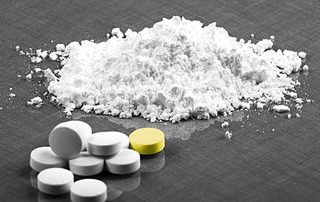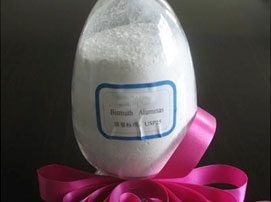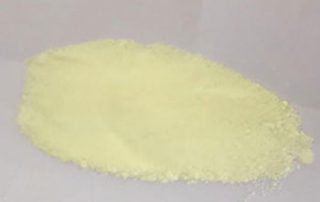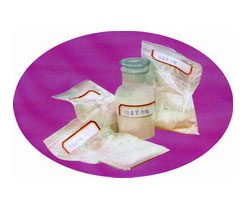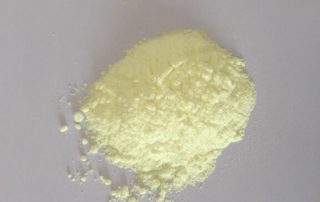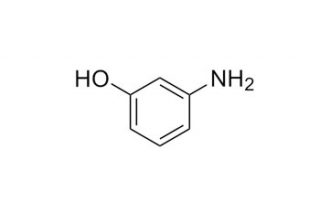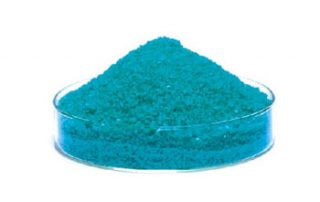NEWS
What is the difference between API and intermediate?
What is intermediate? Our chemical products include vitamin, disperse dye, color former, curing agent, etc. So what is intermediate? What is the difference between it and API? Intermediate is also called organic intermediate. Coal tar or petroleum products are used as raw materials to produce intermediate products of dyes, pesticides, pharmaceuticals, resins, additives, plasticizers, etc. [...]
Active Pharmaceutical Ingredient (API) manufacturer and supplier
High quality Active Pharmaceutical Ingredient for sale Active Pharmaceutical Ingredient (API) refers to the raw material medicine used for the production of various preparations, and is the effective ingredient in the preparation. API is prepared by chemical synthesis, plant extraction or biotechnology. APIs are used as pharmaceutical powders, crystals, extracts, etc. But the patient can [...]
Types and characteristics of commonly used photoinitiators
Summary, mechanism and types of photoinitiators Nowadays, there are many kinds of photoinitiators on the market. Today, we will explain in detail the overview of photoinitiators, mechanism of action, performance requirements, common types, characteristics and principles of use. Introduction of photoinitiator Photoinitiator, also known as photosensitizer or curing agent, is a kind of compound. The [...]
Crystal violet lactone (CVL) uses, CAS No. 1552-42-7
An important functional dye for producing pressure sensitive materials Crystal violet lactone is a chemical substance, its briefly called CVL that is a professional term in the dye industry. It has the properties of dyeing in fiber or resin. The conjugated system of the thermosensitive and pressure-sensitive dyes is interrupted and its color is colorless, [...]
Photoinitiator & Two-photon photoinitiator
Light shielding phenomenon of photoinitiator & two-photon photoinitiator Due to the absorption and reflection of the pigment, the local ultraviolet light is shielded, so that the photoinitiator can not effectively absorb the light rays, and the curing conjunctiva rate of the ink is greatly reduced or the cured conjunctiva does not occur. The problem of [...]
3-Aminophenol (CAS 591-27-5) brief introduction and uses
About 3-Aminophenol (CAS 591-27-5) White crystals. Soluble in water, ethanol, diethyl [ethyl] ether, insoluble in benzene and gasoline. Used as a dyestuff and pharmaceutical intermediate. 3-Aminophenol (CAS 591-27-5) can be used in the manufacture of azo dyes. Product Name: 3-Aminophenol Molecular Formula: C6H7NO; HOC6H4NH2 Melting Point: 121-124℃ Boiling Point: 164℃ (11 mmHg) Flash Point: 155℃ Water [...]
Introduction of nickel sulfate (CAS 10101-97-1), nickel sulfate uses
Nickel sulfate, hexahydrate for sale, CAS 10101-97-1 Nickel sulfate has three kinds: anhydrous, six water and seven water. Most of the commodities are six water substances, and there are two variants of the alpha type and the beta type. The former is blue tetragonal crystal, while the latter is green monoclinic crystal. Soluble in water, [...]
Photoinitiator, Organic Pigments and Additives
UV Photoinitiators' appliacation in UV inks UV inks are mainly composed of photopolymerizable prepolymers, photosensitive monomers, photoinitiators, organic pigments, and additives. In addition to the use of UV inks for printing, attention should be paid to coloring, curing, and adhesion. It is also necessary to pay attention to the influence of ink components on ink [...]

